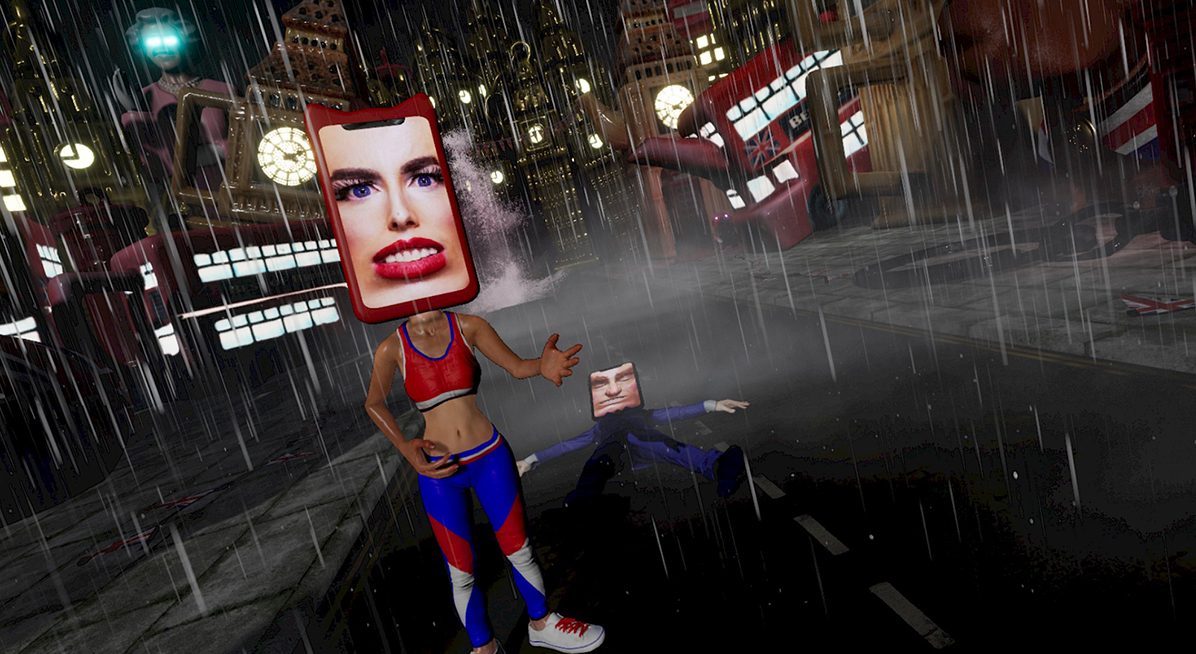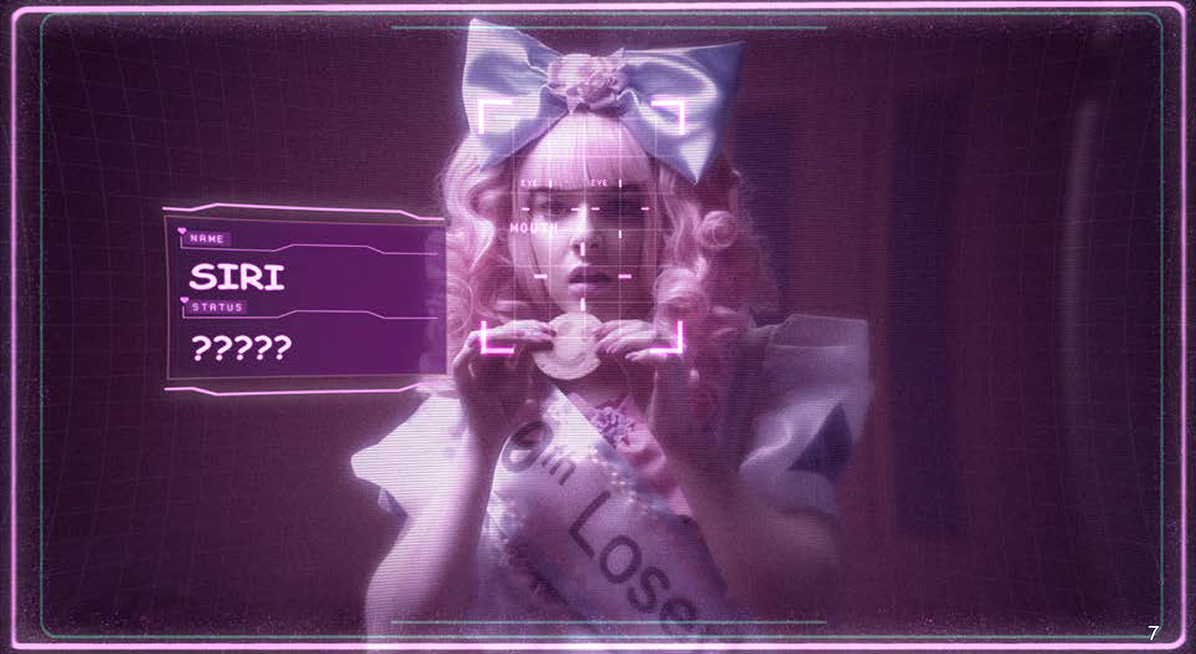Film, Photography and the Digital Image
Exploring the capacity of lens-based and digital media to negotiate between real, imagined and constructed worlds
Film, Photography and the Digital Image explores the capacity of lens-based and digital media to negotiate between real, imagined and constructed worlds. Researchers have experimented with innovative methods to create visionary cinematic language and to combine film with photography and sculpture, to create installations that probe collective anxieties. For example, Jane and Louise Wilson use film, photography and sculpture, to create highly theatrical and atmospheric installations that investigate the darker side of human experience. Their works engage with the unconscious mind and probe collective anxieties and phobias, arousing unwanted memories, and reveals things which are usually repressed.
Henry Coombes makes experimental film developed from both practice-based and theoretical research, utilising his training as a psychotherapist to adapt therapeutic techniques to produce visionary films with a strong and innovative cinematic language. Rachel Maclean makes satirical video art and film that comments on the troubling and frequently absurd nature of contemporary existence. Working largely in green-screen, she restages myths and fairy-tales in hyper-saturated near futures, touching on issues of national identity, class and gender. On the surface, her work can appear saccharine and inviting, however, this belies a darker, more unsettling interior.
Uta Kögelsberger’s billboard performances bring intimate portrait photography into the public realm, while Anderson and Guy work with LGBTQ+ photographers to exhibit and preserve non-institutional archives. Richard Grayson is recognised for his constructions across various media exploring subjective belief systems in contemporary art and ways in which they might constitute new models for ‘alternative’ practice. His most recent manifestation of this being Possessions_inc. an online video project for Matt's Gallery, London.
Art historians Fiona Anderson and Laura Guy work with LGBTQ+ photographers to exhibit and preserve non-institutional archives.
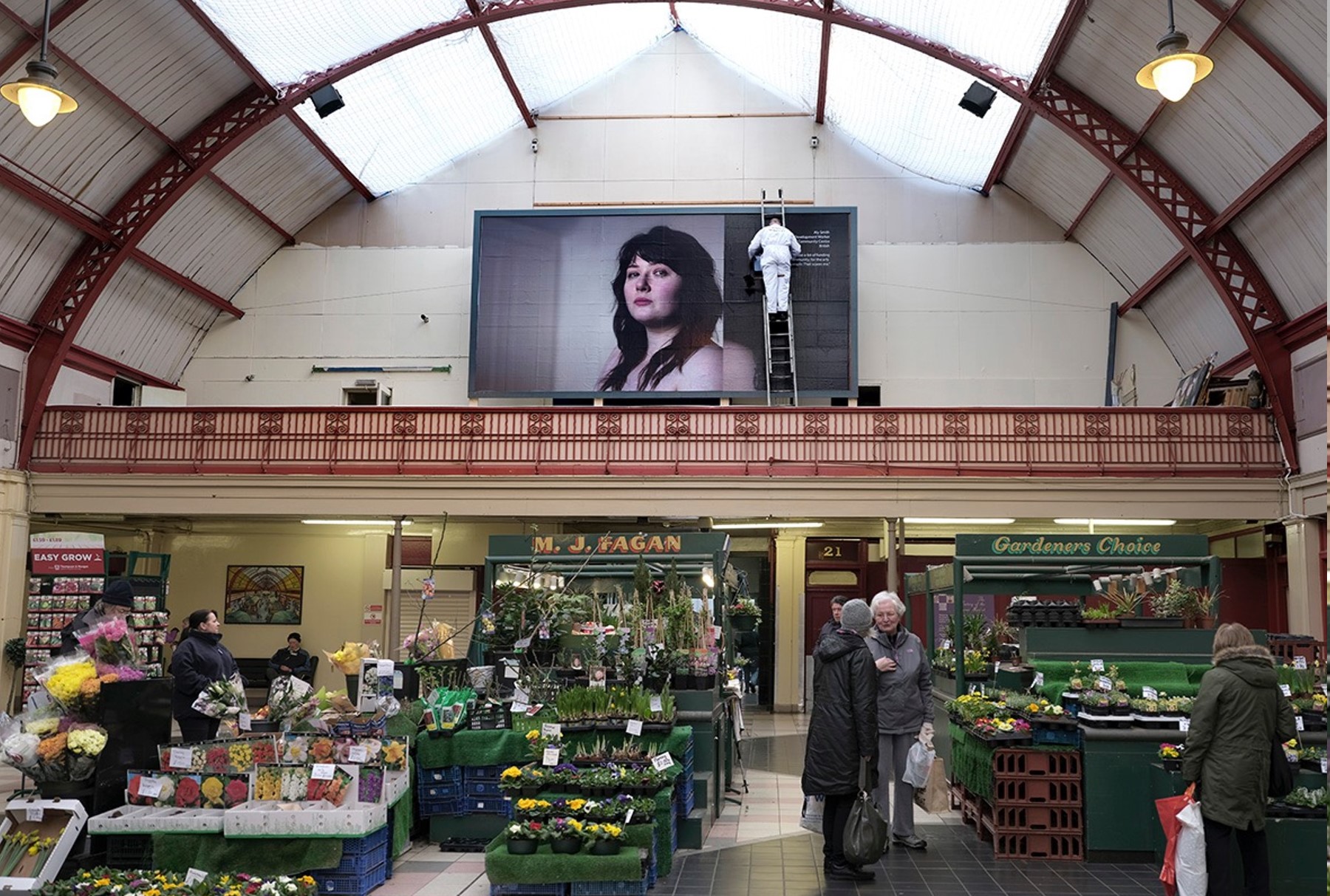
.jpg)
.jpg)
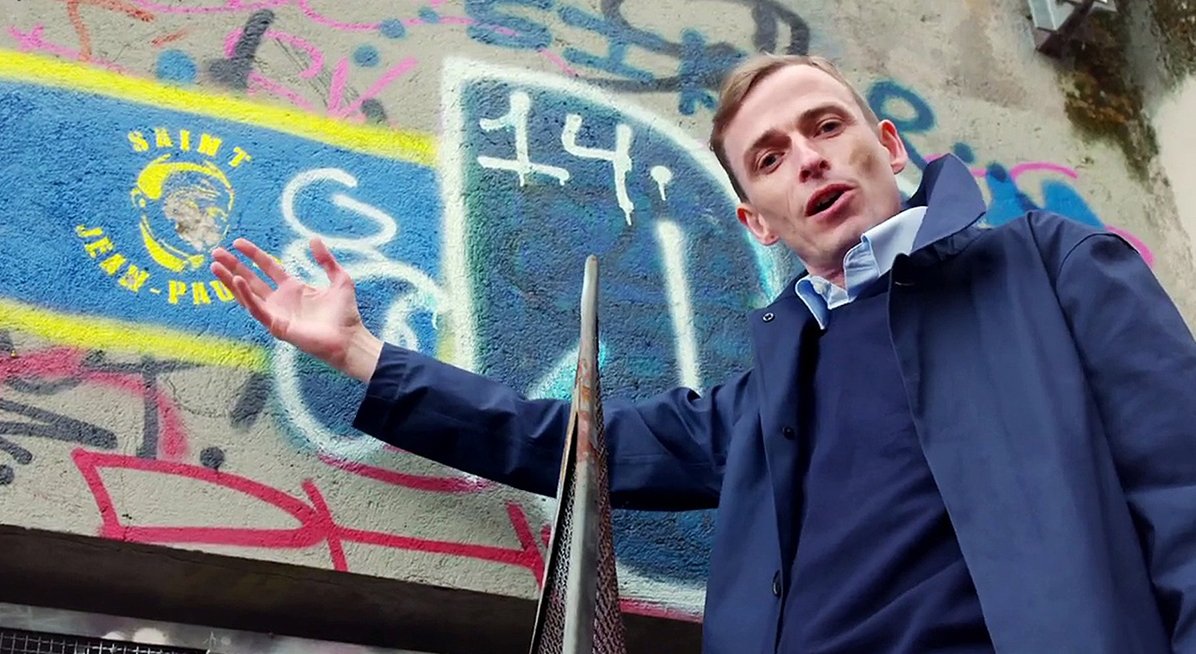
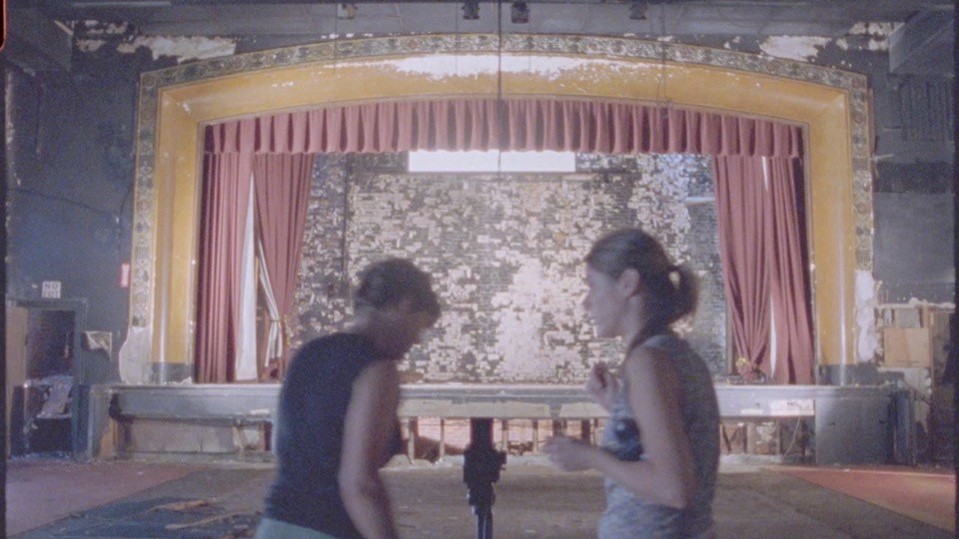
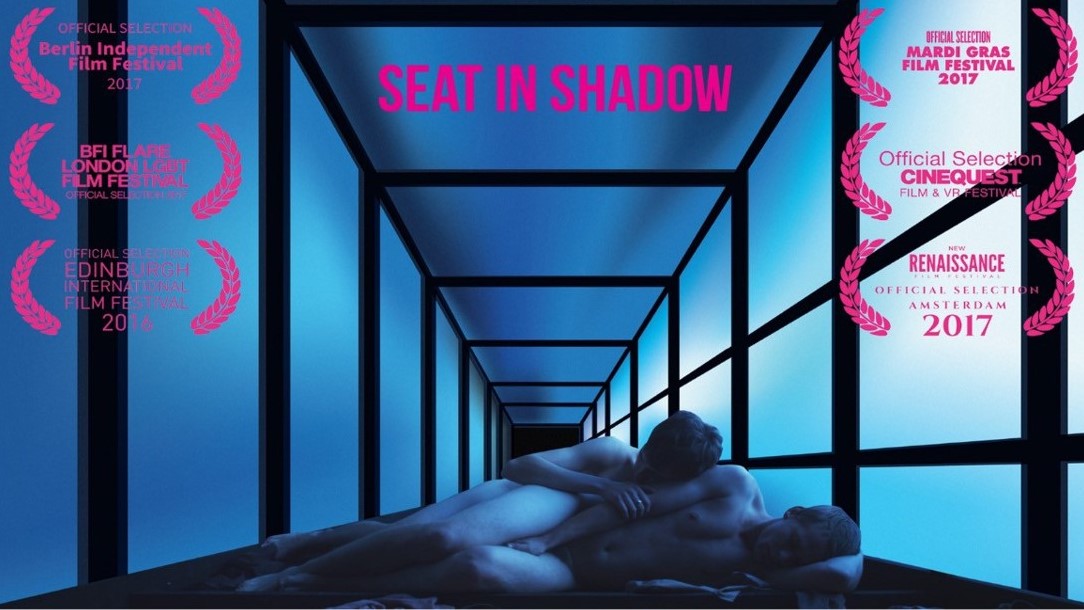
-1.png)
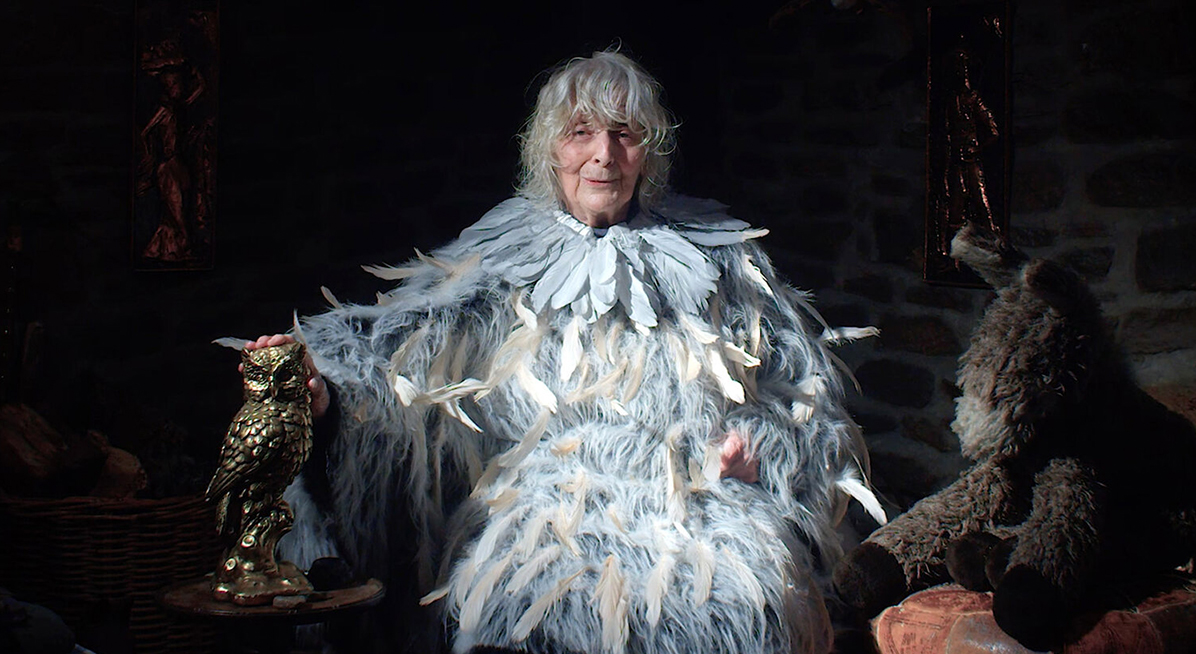
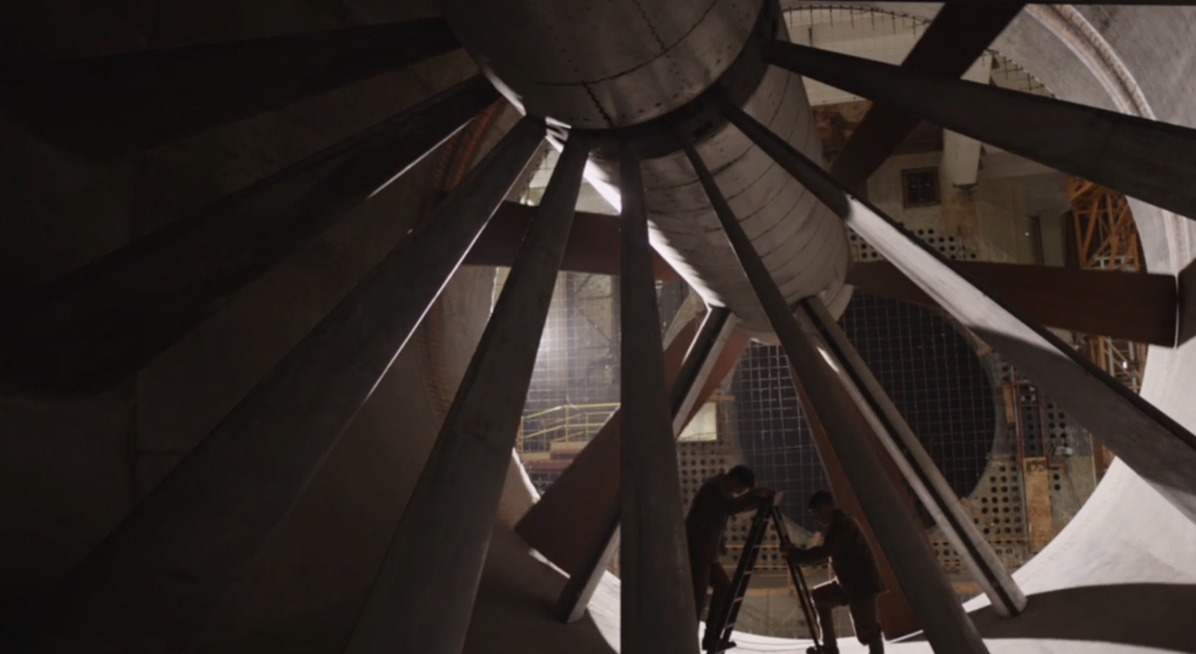
 Template 1196 x 654.jpg)
 Template 1196 x 654.jpg)
